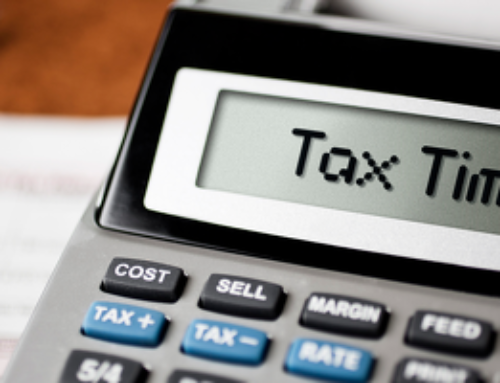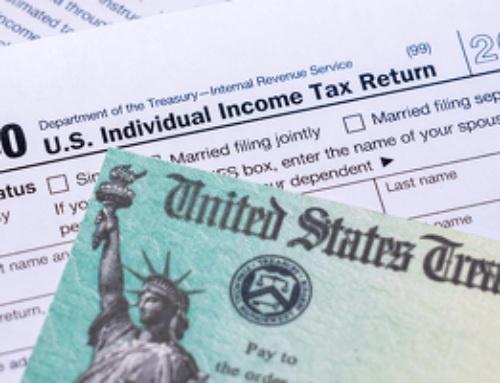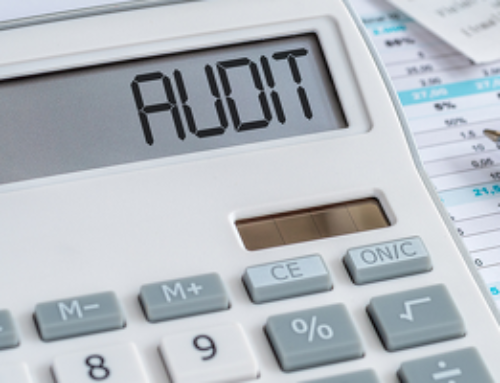When using the Home Office Deduction when you file your tax return on 1040Return.com you will need to file a Form 8829. The Form 8829 is used to calculate your deductions for your office expenses. The final number of you total expenses than flows over to your IRS Form Schedule C. However, here is the problem, with the Form 8829. This form can be confusing and complex and if not done correctly can open up an individual to an audit. The Home Office Deduction or Form 8829 is a hot button with the IRS and the reason is that most people do not understand the tax laws that surround Form 8829. So, this article should be enlightening and you should feel more confident when completing Form 8829.
Who can Claim Home Office Deduction?
Before you decide to claim home office deduction, it is very important for you to understand the rules and regulations in order to avoid unlikable consequences at the later stage. Let us take a look at what makes you eligible to claim home office deduction.
1. Norms for Home Office as Stipulated by the IRS
- The Internal Revenue Service has a very precise definition of a home office. According to the IRS, you must utilize a part of your home for the purpose of conducting your business. However, such area of your home must be utilized on ‘exclusive and regular’ basis. These are the two most important terms that decide the fate of your eligibility. The term ‘exclusive’ means that the area must be used for business only. You certainly don’t need to make a lavish office out of the spare bedroom. But the area of your home that is being utilized for the purpose of business needs to be appropriately and accurately demarcated. Secondly, the term ‘regularly’ means consistently or from time to time. While you may not use the office area of your home daily, but you need to use it continually and recurrently. Using your office once or twice a week shall also fulfill the criteria of regularity.
- A home office can be used for providing daycare services as well.
- A home office can be used for routine business operations such as administration, accounting and documentation. It can also be used as a place to store books of accounts.
- You can hold meetings with your customers and clients at your home office.
- Moreover, you can use your home office for stock up the inventory, as a showroom or a lab.
2. Exemption from the Criterion of Exclusivity
- When you run a daycare center, you are exempt from the exclusivity criterion. However, there are certain implications when it comes to daycare tax deductions. Children placed under the daycare center would be present only for a specific number of day hours. Therefore, the number of hours of daycare service provided throughout the year needs to be considered while calculating the amount of deduction. The office area may or may not be physically connected to your living space. If the office area is physically separated from the living space, you are exempted from the criterion of exclusivity.
- When the office area is used for stocking inventory for wholesale or retail distribution, the storage space can be utilized for personal purposes in case the stock of inventory goes down creating vacant space. This will not lead you to violate any rules and lose on your deduction privileges.
3. Who can have a Home Office?
- Sole proprietors working from their home office are a very common and acceptable phenomenon. A person who works solo and is their own boss can obviously have a home office and claim rightful deductions.
- Nevertheless, there are employees who work from home because their employers cannot provide them a workplace at their own location. Many a times it happens that independent contractors set up an office at their homes because they do not have any other place from which they can conduct their business. Therefore, it is only justified for such employees and independent contractors to set up a home office and claim deductions accordingly.
- So, convenience of the employer is taken into consideration while evaluating one’s eligibility to have a home office in the first place, if they wish to claim deductions.
Who Cannot Claim Home Office Deduction?
Before you decide out of the blue to really claim home office deduction and start working out on the numbers, you must know about certain factors that can actually hold you back or disqualify you from claiming the deductions.
- If you haven’t clearly demonstrated and defined your home office, you are more likely to use your deduction privileges. For example, your office table, work computer and documents have been placed in one corner of your living room, which is also used as an area of entertainment and recreation, such a set up is usually not allowed to claim deductions.
- Consider a scenario where your employer has offered you a workspace at their location and you decide to work from your home instead. You cannot claim deduction because your employer has provided you a workspace. Meaning there is no reason for you to work at home.
- Similarly, bringing home extra work because you couldn’t wrap it up at your employer’s office also does not qualify you to claim the deduction.
What Expenses can be claimed for Deduction?
The actual number crunching shall start now. There are several steps to go through while we arrive at the amount of home office deduction to be claimed. You must be very prudent and realistic while doing all the calculations. You definitely won’t like to get yourself flagged for an IRS audit. There are two types of expenses – Indirect Expenses and Direct Expenses.
1. Itemized Deduction Method
- You start out by calculating the percentage area of your home that you have converted in to the office. It is important because the expenses of indirect nature are deducted on the pro-rata basis. For instance, the area of your home is 1000 square feet and your office occupies 400 square feet. It means that your office takes up 40 percent of your home’s ground space; you can claim the deduction of indirect expenses to the extent of 40 percent only.
- Now you might be wondering what these indirect expenses are. Take a look at the list of indirect expenses on which you can claim deduction.
– Utility bills such as electricity, water, cell phone and landline
– Homeowners Insurance
– Interest on mortgage
– Property tax
– Depreciation on the area of home used as office
– Home security system
There is a small provision which says that the fixed monthly rental on the landline phone cannot be deducted. Nevertheless, you are allowed to claim the deduction on the phone bills to the extent of the use for business purpose.
- Let us take a look at the direct expenses. As the name suggests, direct expenses are the ones that are incurred specifically for the home office. Direct expenses are meant to be 100 percent deductable. Here is a list of direct expenses for your understanding.
– Beautification of the office space, such as painting, flooring and landscaping
– Purchase of computer and cell phone for official use only
– Office furniture
– Stationary and supplies
Expenses on extreme beautification such as landscaping and flooring of home office are justifiable if you are inviting over your clientele for official meetings.
The Itemized Deduction Method allows for depreciation on the area of home used as office.
- This method also facilitates recapturing the depreciation when the home is sold off.
- Do not forget to calculate the time for which you have had the home office for the given year. For example, if you started working from home from the month of April, you can claim the deduction for the period of eight months only. If you wind up your business in November, you can claim the deduction for the period of eleven months only.
- When you have arrived at the amount of deductible expenses, you have to fill the IRS Form 8829. You have to calculate the deductible amount of direct and indirect expenses in the respective columns in the form.
How Much Deduction can you Claim?
- First of all, calculate the income from your business for the given year.
- Remember that IRS allows you to claim home office deduction only to the extent of your business income for the financial year. In simple words, the amount of deduction claimed cannot exceed the income earned for the given year. Nevertheless, IRS is kind enough to allow you to carry forward the expense overload to the subsequent year’s taxes, in case your expenses do surpass the income.
- This information will be required to prepare the IRS Form Schedule C, which has to be sattached to the 1040 Form.
2. Optional Square Foot Method / Simplified Option Method
The IRS introduced the Simplified Option Square Method for the tax year 2013 and onwards. The home office owners are free to use any of the method depending upon which one makes more financial sense in their case. Let’s see how this method is used to compute the amount of deduction.
- The first step of Simplified Option Method is similar to that of Itemized Deduction Method. You need to calculate percentage area of your home that you have converted in to the office.
- The IRS has prescribed the maximum limit of 300 square feet for the office area. The rate of home office deduction is $5 per square foot. So, the maximum amount of deduction that can be claimed is $1500.
- This method does not allow you to take into account the depreciation on the area of home used as office.
- This method doesn’t allow recapturing the depreciation when the home is sold off.
- If you had used Itemized Deduction Method in the previous tax year and wish to switch to Option Square Method, you may not be eligible to carry forward the expense overload from the previous year.
Preparing the IRS Form Schedule C
Schedule C is an important document that helps you determine your tax liability. It takes into account the business income and deductible expenses to calculate the profits / losses for the given year. Schedule C can be obtained from the official website of the IRS – www.irs.gov.
Home office deduction is one of the most advantageous federal tax deductions if used correctly. We hope this article has ironed out your home office deduction dilemmas and instilled confidence in your mind to grab the opportunity you rightly deserve. Now that we have equipped you with all the necessary knowledge you can begin your tax return on 1040Return.com.





